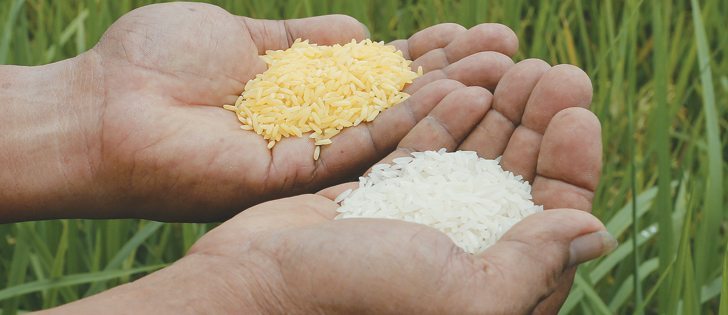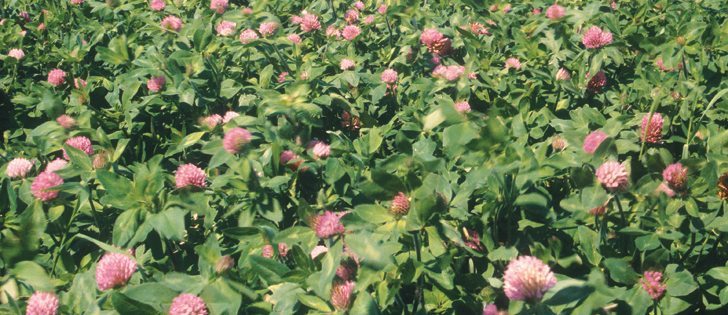There seems to be a common observation made by farmers who are asked if they’ve ever considered organic production.
“I could never go organic; just imagine all the weeds I’d have.”
Like many stereotypes, there is some truth to this, and some unfairness.
However, for someone considering organic production, there is a definite look at weeds from a new perspective.
Yes, there are weeds on organic farms: sometimes a lot, sometimes only a few. But hey, there are weeds on non-organic farms, too. If there weren’t, why would herbicide purchases continue to be an important part of those operations? Weeds will always be with us. They are a natural part of the agro-ecosystem.
Read Also

Trump’s tariffs take their toll on U.S. producers
U.S. farmers say Trump’s tariffs have been devastating for growers in that country.
Weed science tells us that “a weed is a plant growing where it’s not wanted,” but this tells us that it’s all about us: our wants and our perceptions. It doesn’t tell us much about the weed.
Perhaps this is where our perceptions need to shift. Weeds have a role to play. Most importantly, weeds are the first responders after a disruption.
Disturbances are common, even in natural systems. From gopher mounds to the hoof action of thousands of bison, there have always been areas that were stripped bare. Weeds assure that bare patches are short-lived; they green the world.
We make a lot of disturbances in agriculture. We knock back the vegetation, whether by tillage, chemicals or even grazing action, to provide a clean slate for our crops. This clean slate is also an invitation for weeds.
If a crop doesn’t fill that space, quickly and completely, weeds will. By increasing the amount of disturbance across the land as we grow our crops, we’ve increased the opportunity for weeds.
Weeds are quite similar to crops. They are highly productive, they grow rapidly and they are well adapted to our agro-ecosystems.
Some of the similarities are obvious: oats, wild oats; tame mustard, wild mustard; tame buckwheat, wild buckwheat; quinoa, lamb’s-quarters; millet, green foxtail.
And of course, volunteer crops are often quite successful weeds.
For example, volunteer canola was the fourth most abundant weed in Saskatchewan in the 2014-15 weed survey. With these similarities, it should come as no surprise that weeds can prosper on our farms.
Weeds provide a number of ecosystem services:
- They green the landscape and protect the soil.
- By shading the ground, weeds create a more moist and habitable environment for organisms in and near the soil surface.
- Weed roots provide habitat and food for soil organisms involved in nutrient cycling. They stabilize the soil and reduce water erosion. When weeds die, their roots provide channels for water infiltration.
- Weeds also provide resistance to the wind, reducing wind speed at the soil surface, evaporative moisture loss and wind erosion.
Many weeds, especially dandelions, quack grass and wild oats, are excellent forage or green feed.
Weeds are also important food for wildlife, from birds and beetles that eat seeds to all manner of insect and vertebrate grazers. Similarly, weed roots are important in supporting mycorrhizae and other members of the soil food web.
Weeds also provide a number of services to crops around them.
For example, a few wild oats in a lentil crop can reduce wind damage and help raise lower pods off the ground. Volunteer legumes can provide nitrogen to cereals crops, while wild mustard can improve phosphorus solubility and improve a cereal crop.
Weeds in crops can help protect them from insect damage. They can act as a catch or trap crop for insects, leading them away from the crop. Many insects that are crop pests find their target crop by smell. Some weeds, such as yarrow, stinkweed and bluebur, have strong smells that mask the odour of the crop, making it hard for the pests to find it.
Most weeds have small flowers, which provide a critical nectar source for beneficial insects such as predatory wasps and hoverflies. They can also attract and maintain pollinators throughout the season.
Don’t get me wrong, I understand that weeds compete with crops and cost both yield and dollars. As well, I don’t think weeds should be encouraged to take over.
I am suggesting that weeds are underappreciated. We need to find a new balance and a new relationship with these components of the system. Land that won’t grow weeds won’t grow crops either.
Weeds are a natural part of agro-ecosystems, filling in the gaps and covering ground. They provide benefits to soil, deter pests, and take part in nutrient cycling.
As well, they remind us that we are not entirely in charge, that nature is still willing to enter the dance with us. And that’s a good thing.
Brenda Frick, Ph.D., P.Ag. is an extension agrologist and researcher in organic agriculture. She welcomes your comments at 306-260-0663 or email organic@usask.ca.
















